Home>Dining>Events & Etiquette>What Are Table Manners?
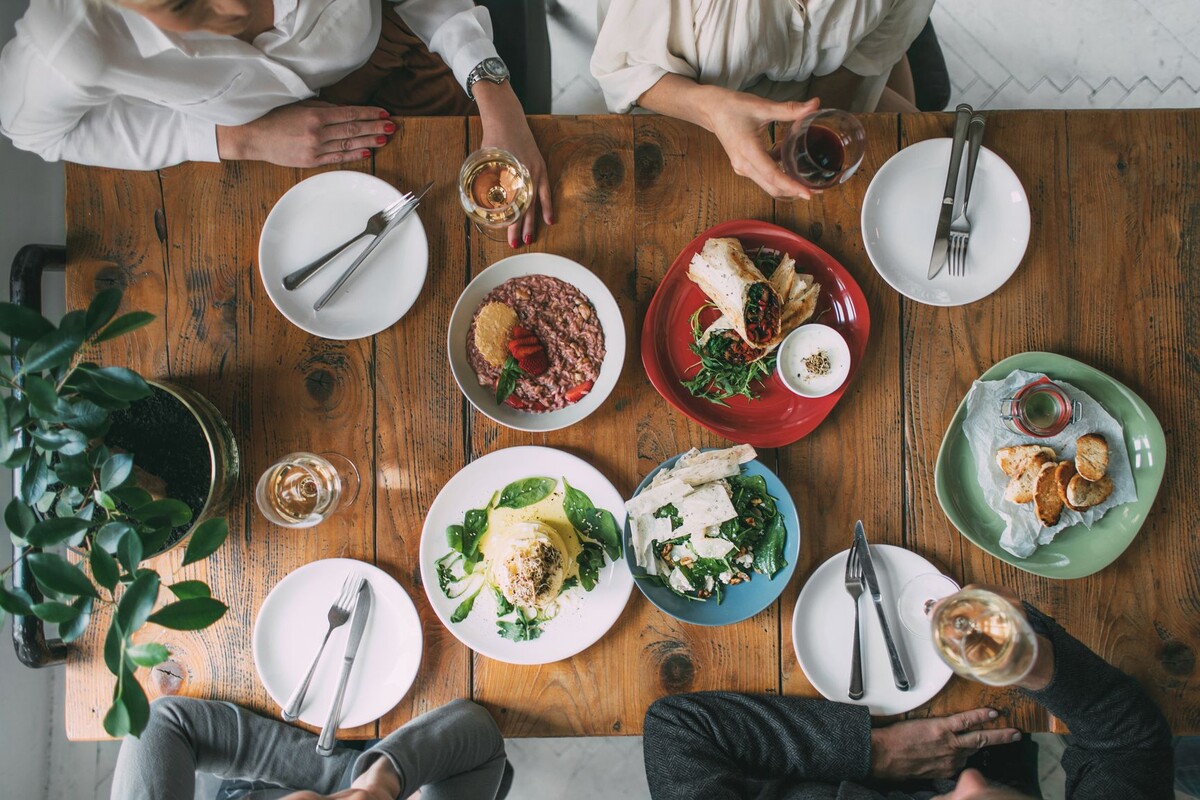

Events & Etiquette
What Are Table Manners?
Modified: January 9, 2024
Learn about table manners and etiquette for your next event. Discover the do's and don'ts to ensure a pleasant and polished dining experience.
(Many of the links in this article redirect to a specific reviewed product. Your purchase of these products through affiliate links helps to generate commission for Storables.com, at no extra cost. Learn more)
Introduction
Welcome to the world of table manners, where proper etiquette meets the art of dining. Table manners are a set of behavioral guidelines that dictate how we should conduct ourselves while eating in a social setting. They are not meant to be restrictive rules, but rather a way to show respect and consideration for others at the table.
Good table manners are essential in both formal and informal settings, such as business dinners, family gatherings, or even a simple meal with friends. By practicing proper table manners, you can make a positive impression, build strong relationships, and create a comfortable atmosphere for everyone involved.
Understanding and practicing table manners is not only about avoiding embarrassment or appearing sophisticated. It’s about fostering a sense of unity, respect, and appreciation for the dining experience. When everyone at the table follows proper etiquette, it creates a harmonious and pleasant environment that enhances the overall dining experience.
Whether you are attending a formal dinner party or a casual brunch, having a basic understanding of table manners will ensure a smoother and more enjoyable dining experience. In this article, we will explore the importance of table manners and delve into some of the fundamental guidelines that will help you navigate any dining situation with confidence.
Key Takeaways:
- Embracing proper table manners fosters respect, unity, and enjoyable dining experiences, enhancing social interactions and creating lasting memories with genuine connections.
- Mindful technology usage at the table encourages meaningful conversations, genuine connections, and the enjoyment of the dining experience, contributing to a more enriching and memorable mealtime.
Read more: What Are The 20 Table Manners?
Importance of Table Manners
Table manners play a crucial role in our social interactions and reflect our personal values and upbringing. They go beyond simply knowing which fork to use or how to hold a napkin; they encompass respect, consideration, and mindfulness towards others at the table.
One of the main reasons why table manners are important is that they create an atmosphere of mutual respect and consideration. By practicing proper etiquette, we show respect for the host and other guests, making them feel valued and appreciated. It sets a positive tone for the entire dining experience and can contribute to building strong relationships and creating memorable moments.
Moreover, good table manners help us navigate various social and professional situations with ease. Whether you are attending a business lunch, a formal dinner party, or a romantic date, knowing and practicing proper etiquette can help you feel more confident and comfortable. It gives you the tools to handle any dining situation gracefully, taking the pressure off and allowing you to focus on connecting with others.
Table manners also demonstrate our self-discipline and consideration for others. They teach us to be mindful of our actions and choices and how they can impact those around us. By being aware of our eating habits, using utensils properly, and maintaining a pleasant demeanor, we show that we care about the comfort and well-being of others.
Another important aspect of table manners is hygiene. By following proper etiquette, we ensure the cleanliness and sanitation of the dining space. This includes using utensils instead of our hands, covering our mouth when we cough or sneeze, and avoiding reaching across the table. These practices not only promote good hygiene but also signify respect for the food and the dining environment.
Lastly, table manners contribute to our overall personal and professional image. How we conduct ourselves at the table can leave a lasting impression on others. Employers, colleagues, potential clients, or even romantic partners may observe our table manners as a reflection of our character, upbringing, and social skills. By displaying good table manners, we convey a sense of professionalism, refinement, and respect for others, which can greatly enhance our personal and professional relationships.
Basic Table Manners
Mastering basic table manners is essential for navigating any dining situation with grace and confidence. Here are some fundamental guidelines to keep in mind:
- Arrival and Seating: Wait for the host or hostess to indicate where you should sit. Once seated, place your napkin on your lap.
- Utensils: Start with the outermost utensils and work your way in as each course is served. Use the appropriate utensil for each dish and remember to rest them on the plate when not in use.
- Napkin: Use your napkin to gently dab your mouth, rather than wiping it forcefully. Place the napkin neatly on your lap when you leave the table temporarily and fold it loosely when you are finished.
- Chewing and Swallowing: Chew with your mouth closed and avoid talking with food in your mouth. Take small, manageable bites and swallow before taking another bite.
- Elbows and Posture: Keep your elbows off the table and maintain an upright yet relaxed posture. Sit up straight and engage in conversation without slouching or leaning excessively.
- Quiet Eating: Avoid slurping, smacking, or making loud noises while eating. These noises can be disruptive and distract others at the table.
- Excusing Yourself: If you need to leave the table during a meal, politely excuse yourself. Place your napkin on your chair instead of leaving it on the table.
- Passing Food: When passing dishes, always pass to the right. Use serving utensils or offer the dish to the person next to you before serving yourself.
- Cell Phones and Devices: Keep your cell phone or any other electronic devices off the table. It is considered impolite to use them during a meal, as it distracts from the company and the meal itself.
- Thanking the Host: Before leaving the table, express your gratitude to the host or hostess for their hospitality.
Remember, practicing these basic table manners shows respect for others and enhances the overall dining experience. By observing these guidelines, you can navigate any dining situation with confidence and make a positive impression on those around you.
Using Utensils Properly
Properly using utensils is an important aspect of table manners and can often be intimidating for some. However, with a little practice and understanding, you can navigate the cutlery with ease. Here are some key points to keep in mind:
1. Forks: The fork is typically held in the left hand, tines facing downward. Use the fork to spear and lift food to your mouth. It is advisable to take small, manageable bites to prevent awkwardly large mouthfuls.
2. Knives: The knife is usually held in the right hand with your index finger resting on the back of the blade. Use the knife to cut your food into smaller, bite-sized pieces. When not in use, place the knife on the right side of your plate with the blade facing inward.
3. Spoons: Hold the soup spoon in your right hand, like a pen, with the bowl of the spoon facing upward. Scoop the soup or liquid away from you, sipping from the side of the spoon, not the tip.
4. Bread and Butter: Break off bite-sized pieces of bread and butter them individually. If there is a communal butter dish, use your butter knife to transfer butter onto your own bread plate before buttering your bread. Do not bite directly into a whole piece of bread.
5. Working from the Outside In: As each course is served, use the outermost utensils first and work your way inwards. This ensures that you are using the correct utensils for each course and avoids confusion.
6. Resting Utensils: When taking a break during the meal or when you have finished eating, place your utensils diagonally on your plate, with the tips pointed towards the center. This indicates to the waiter that you are still using the utensils and allows them to clear away empty plates or bring the next course.
7. Salad Fork and Dessert Spoon: In a formal setting, you may find additional utensils like a salad fork or a dessert spoon at the top of your plate. These are generally smaller than the main silverware and are used for specific courses. Use them accordingly, following the same technique of working from the outside in.
Remember, the key to using utensils properly is to do so with confidence and grace. With a little practice and observation, you can become proficient in handling different cutlery and ensure a seamless dining experience.
Proper Use of Napkins
Napkins are an essential part of table settings and are used not only for personal hygiene but also to signal certain actions during a meal. Knowing how to use a napkin properly demonstrates your understanding of table manners and adds an element of elegance to your dining experience. Here are some guidelines for the proper use of napkins:
- Placement: When you sit down at the table, the napkin is usually placed on your lap. Unfold it gently and place it with the fold facing your waist. In more formal settings, the waiter may unfold the napkin for you and place it in your lap. If you need to excuse yourself temporarily from the table, loosely fold your napkin and place it to the left or right side of your plate.
- Blotting and Dabbing: Throughout the meal, use your napkin to gently blot or dab your mouth. Avoid wiping or rubbing your mouth vigorously, as it may lead to accidental spills and smudges. Fold your napkin occasionally to ensure a clean surface is always used.
- Etiquette for Smaller Spills: If you accidentally spill a small amount of food or drink on yourself, use your napkin to discreetly blot the spot. Exercise caution and try to avoid drawing attention to the mishap.
- Clearing Crumbs: After finishing a course or the entire meal, use your napkin to lightly brush away any crumbs or debris on your lap or the table. Do this subtly and avoid shaking your napkin or making abrupt movements.
- End of the Meal: When the meal has concluded, loosely fold your napkin and place it to the left side of your plate. Do not refold a soiled napkin and leave it on the table. This signals that you have finished eating and that the waiter can clear your place setting.
- Etiquette for Hosts: If you are the host of the meal, it is customary to wait for your guests to unfold their napkins before doing so yourself. Additionally, the host should refrain from using their napkin excessively during the meal, as it may make guests feel rushed.
Remember, the napkin is a tool to enhance your dining experience and maintain cleanliness. Using it properly shows respect for the dining environment, your fellow diners, and yourself. By following these guidelines, you will exhibit proper etiquette and leave a positive impression at any dining occasion.
When dining at a table, always wait for everyone to be served before starting to eat, keep your elbows off the table, and chew with your mouth closed.
Read more: What Are The Table Manners In Japan?
Sitting and Posture
When it comes to table manners, proper sitting and posture are crucial to projecting an image of confidence, elegance, and respect for yourself and others. Here are some guidelines to follow:
- Seating Position: Wait for the host or hostess to indicate where you should sit. Once guided to your seat, sit up straight and avoid slouching or leaning excessively.
- Chair Position: Push your chair in slightly when you are seated to indicate that you are ready to eat. Avoid rocking back and forth or fidgeting in your seat, as it can be distracting and disrupt the flow of the meal.
- Feet Placement: Keep your feet flat on the floor or crossed at the ankles if you prefer. Avoid placing your feet on the chair or crossing your legs tightly, as it may appear casual or disrespectful.
- Elbows off the Table: Keep your elbows off the table while eating. Rest your forearms lightly on the table if you need support.
- Hand Placement: Rest your hands comfortably on your lap when not using utensils. Avoid fidgeting with utensils, touching your face, or playing with your hair, as it can be distracting.
- Enjoy Conversations: Engage in conversations with your fellow diners while maintaining eye contact. However, try not to lean too far towards the person you are speaking to, as it invades their personal space.
- Avoid Slouching: Sit up straight but remain relaxed. Avoid leaning too far back or slouching forward, as it can appear disinterested or disrespectful.
- Smiling and Facial Expressions: Keep a pleasant expression on your face and smile genuinely. Avoid making exaggerated facial expressions or rolling your eyes, as it can detract from the positive atmosphere at the table.
- Body Language: Be mindful of your body language while at the table. Keep your gestures moderate and avoid pointing, waving utensils, or excessively gesticulating, as it can be distracting and may accidentally spill something.
- Leaving the Table: If you need to excuse yourself from the table during the meal, do so discreetly. Politely ask to be excused and gently push your chair back. When returning, rejoin the table promptly and smoothly.
Remember, sitting and posture are not just about appearances; they also contribute to the overall atmosphere and comfort of the dining experience. By following these guidelines, you can ensure that you present yourself with poise, respect, and an open attitude towards enjoyable conversations and connections.
Handling and Passing Food
Properly handling and passing food at the table is an important aspect of table manners that promotes harmony and consideration among diners. Here are some guidelines to follow:
- Using Serving Utensils: When serving food from a communal dish, use the appropriate serving utensils provided. If serving utensils are not available, ask for assistance from the host or the nearest person serving.
- Passing to the Right: When passing dishes or serving platters, always pass to the right. This ensures a smooth flow and avoids confusion. Avoid reaching across other diners to pass or serve food.
- Offering First: If you are serving yourself and notice someone near you has an empty plate or a need for more food, offer to serve them before helping yourself. This gesture of consideration demonstrates good manners and thoughtfulness.
- Appropriate Portions: When serving yourself, take a moderate portion to leave enough for others. Refrain from taking excessive amounts or leaving only small scraps for others to share.
- Sharing Small Dishes: If there are small dishes or side dishes on the table, such as bread rolls or condiments, offer them to your neighbors before helping yourself. This promotes a sense of inclusivity and allows others to have access to the dish.
- Returning and Clearance: Pass a dish back to the person who served it to you once you have finished serving yourself. When a dish is empty or no longer needed, gently place it back on the table or pass it to the host or waiter to be cleared.
- Consideration for Condiments: If there are shared condiments, such as salt, pepper, or sauces, use them in moderation and avoid dousing your food with excessive amounts. Refrain from double-dipping or using your utensil to dip directly into the communal condiment containers.
- Accommodating Dietary Restrictions: If you have dietary restrictions or allergies, politely inform the host or waiter in advance. They will make necessary accommodations to ensure you can enjoy the meal without any complications.
- Considerate Special Requests: If you have specific preferences or special requests, such as asking for a separate plate for vegetarian options at a meat-focused meal, make your requests politely and in advance to allow the host or restaurant to accommodate your needs.
- Showing Appreciation: Express your gratitude when someone serves you or passes you food. A simple “thank you” shows appreciation for their effort and consideration.
By following these guidelines, you contribute to a seamless and respectful dining experience. Handling and passing food with grace and consideration enhances the overall atmosphere at the table and fosters a sense of camaraderie among diners.
Conversation and Etiquette
Engaging in thoughtful and respectful conversation is an integral part of dining etiquette. Here are some guidelines to follow to ensure pleasant and enjoyable conversations at the table:
- Engage in Active Listening: When someone is speaking, give them your full attention. Maintain eye contact, nod, and provide verbal cues to show that you are actively listening and interested in what they have to say.
- Avoid Interrupting: Wait for an appropriate pause before contributing to the conversation. Interrupting others can be rude and disruptive. Let each person have a chance to express their thoughts and ideas.
- Keep Conversations Balanced: Ensure that everyone at the table has an opportunity to share their thoughts and opinions. Avoid dominating the conversation or monopolizing the discussion. Encourage others to participate and show interest in their input.
- Be Respectful: Treat everyone at the table with respect, regardless of differing viewpoints or experiences. Avoid engaging in heated or controversial topics that may lead to arguments or discomfort. Maintain a positive and inclusive atmosphere.
- Avoid Sensitive or Personal Topics: Be mindful of the topics you discuss at the table. Avoid discussing sensitive subjects, such as politics, religion, or personal health issues. Focus on light-hearted and neutral topics that allow for enjoyable conversation.
- Mindful of Volume: Maintain an appropriate speaking volume at the table. Avoid speaking too loudly, as it may disturb other diners or draw unwarranted attention.
- Table as a Cell Phone-Free Zone: Keep your cell phone or any other electronic devices off the table. Using them during a meal is impolite and distracts from the company and the meal itself. Give your full attention to the people and conversations around you.
- Polite and Positive Language: Use polite and positive language when conversing at the table. Avoid offensive or derogatory remarks, sarcastic comments, or unnecessary criticism. Foster a supportive and encouraging environment.
- Avoid Overloading Your Plate: Pace yourself during the meal to allow time for conversation. Avoid overloading your plate with food, as it may hinder your ability to engage in meaningful discussions. Take small, manageable portions and savor each bite.
- Express Gratitude: Show appreciation for the meal, the company, and the efforts of the host or hostess. Offer compliments and express your gratitude for the dining experience. Saying “please” and “thank you” goes a long way in displaying good manners.
By following these guidelines, you can contribute to a harmonious and enjoyable atmosphere at the table. Engaging in meaningful conversations with respect and consideration enhances the overall dining experience and strengthens the bonds between diners.
Using Technology at the Table
In today’s digital age, the use of technology has become increasingly common, even at the dining table. However, it is important to exercise discretion and thoughtful consideration when using technology in a social dining setting. Here are some guidelines to keep in mind:
- Mindful Usage: The dining table is a space for social interaction and connection. Use your phone or any other electronic device sparingly and only when necessary. Avoid getting engrossed in your device and miss out on engaging with those around you.
- Phone Placement: Keep your phone out of sight and away from the table. Place it on silent mode or turn it off completely to minimize distractions. Keeping your phone tucked away shows respect for the people and the meal you are sharing.
- Emergencies: In the case of an urgent matter that requires your attention, politely inform your dining companions and step away from the table to address the situation. Excuse yourself briefly and return as soon as possible.
- Engagement over Distraction: Show interest and engage in conversations with those around you. Maintain eye contact, actively listen, and participate in the discussions. Avoid scrolling through social media or being preoccupied with emails or text messages.
- Photography Etiquette: If you wish to take photos of the food or the ambiance, do so discreetly and quickly. Avoid using flash, as it can be disruptive to other diners. Remember that the enjoyment of the meal and the company should take precedence over capturing the perfect photo for social media.
- Respect the Host’s Wishes: If you are a guest at someone’s home or attending a formal event, follow the host’s guidelines regarding the use of technology. Some hosts may request that phones be kept away during the meal to encourage authentic connections and conversation.
- Lead by Example: Set a positive example by minimizing your own technology usage and being fully present in the dining experience. Others may follow suit, creating a more engaged and connected atmosphere.
- Children and Technology: Teach children about appropriate technology usage at the table. Encourage them to participate in conversations, enjoy their meals, and put their devices away during the mealtime. Set boundaries and provide alternative forms of entertainment or engagement.
- Enjoy the Moment: Embrace the opportunity to savor the food, engage with your dining companions, and appreciate the present moment. By putting away technology, you can fully immerse yourself in the dining experience and make lasting memories.
By being mindful of technology usage at the dining table, you can cultivate an environment that encourages genuine connections, meaningful conversations, and the enjoyment of the meal. Striking a balance between technology and social interaction ensures a more enriching dining experience for everyone involved.
Read more: What Are Singapore’s Table Manners?
Conclusion
Mastering the art of table manners and proper dining etiquette not only enhances your dining experience but also reflects your respect and consideration for others. By following the guidelines discussed in this article, you can navigate any dining situation with confidence, grace, and poise.
Table manners go beyond knowing which fork to use or how to hold a napkin. They encompass respect, mindfulness, and the ability to create a comfortable and enjoyable atmosphere for everyone at the table. They show that you value the dining experience and the company of others.
From using utensils properly to handling and passing food with grace, each aspect of table manners plays a significant role in creating a harmonious and pleasant dining environment. Additionally, engaging in thoughtful conversation, avoiding distractions from technology, and showing appreciation for the host and the meal further contribute to a positive dining experience.
Practicing proper table manners is not about being restrictive or uptight; it is about demonstrating respect, consideration, and creating a sense of unity among diners. With practice and mindfulness, these etiquettes become second nature, allowing you to focus on connecting with others, enjoying delicious food, and creating lasting memories.
In a fast-paced and technology-driven world, the art of table manners brings us back to the basics of human interaction, fostering genuine connections, and enhancing social relationships. By embracing these practices, we can create an enjoyable and unforgettable dining experience for ourselves and those around us.
So, the next time you find yourself at a dining table, remember to embrace proper table manners, engage in meaningful conversations, and savor the moment. Your graciousness and consideration will leave a lasting impression on others and contribute to a more delightful and harmonious dining experience for all.
Frequently Asked Questions about What Are Table Manners?
Was this page helpful?
At Storables.com, we guarantee accurate and reliable information. Our content, validated by Expert Board Contributors, is crafted following stringent Editorial Policies. We're committed to providing you with well-researched, expert-backed insights for all your informational needs.


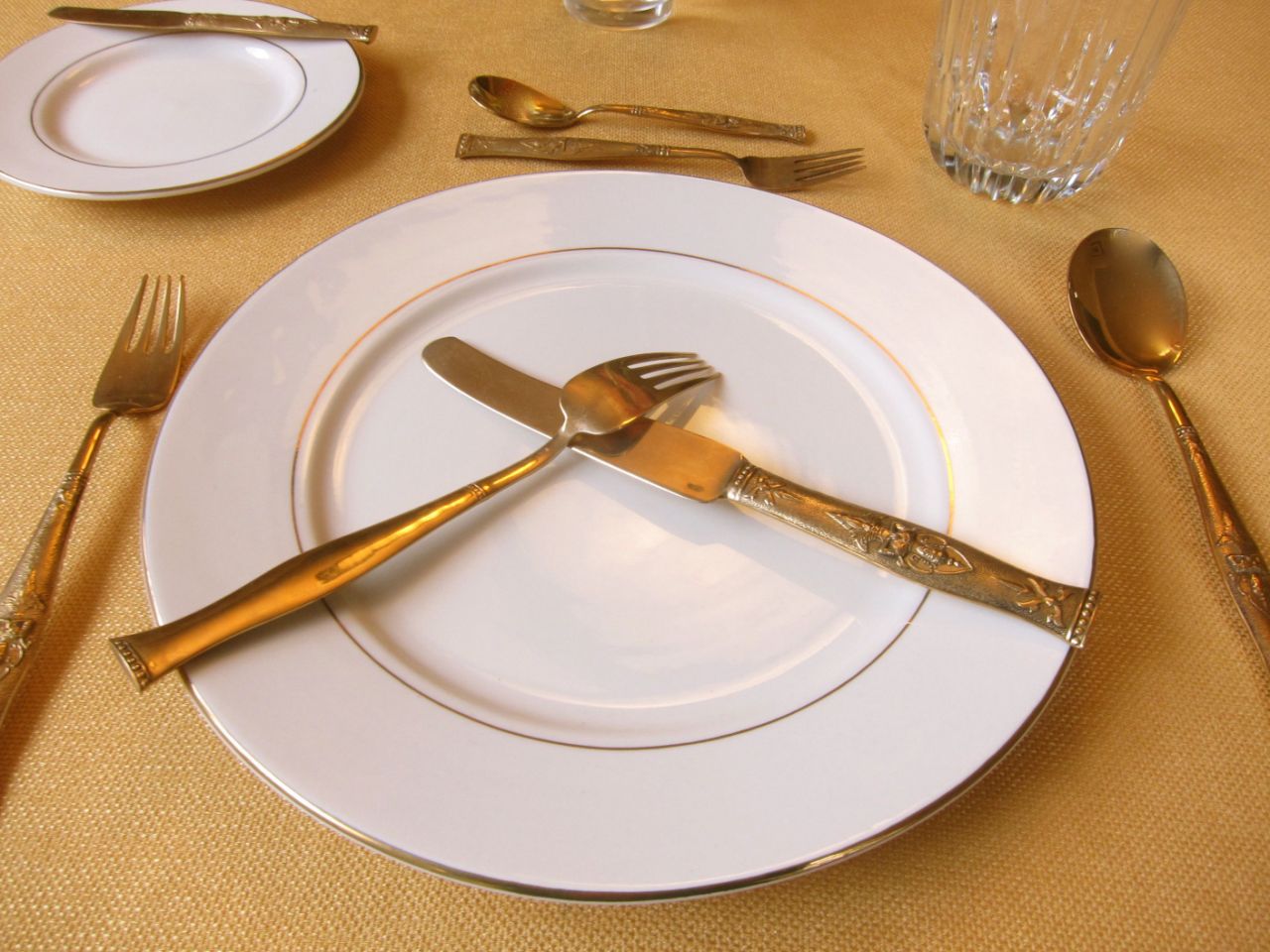
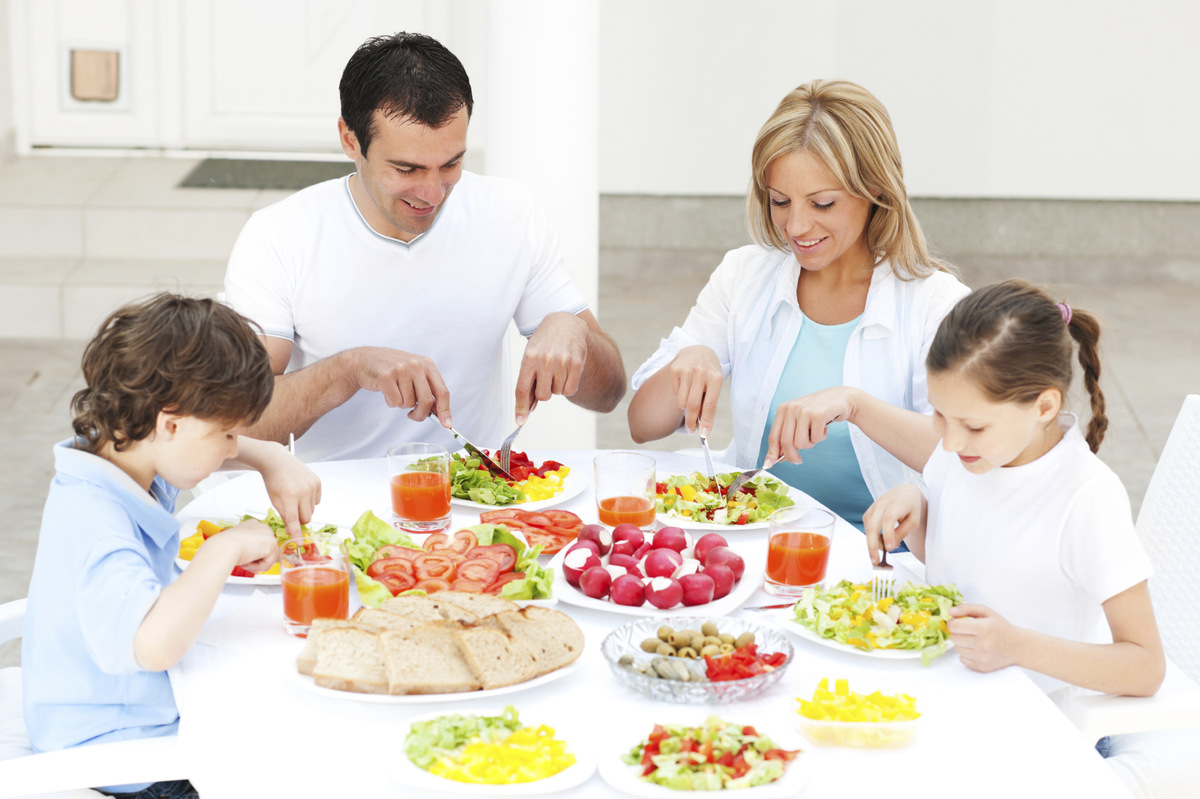
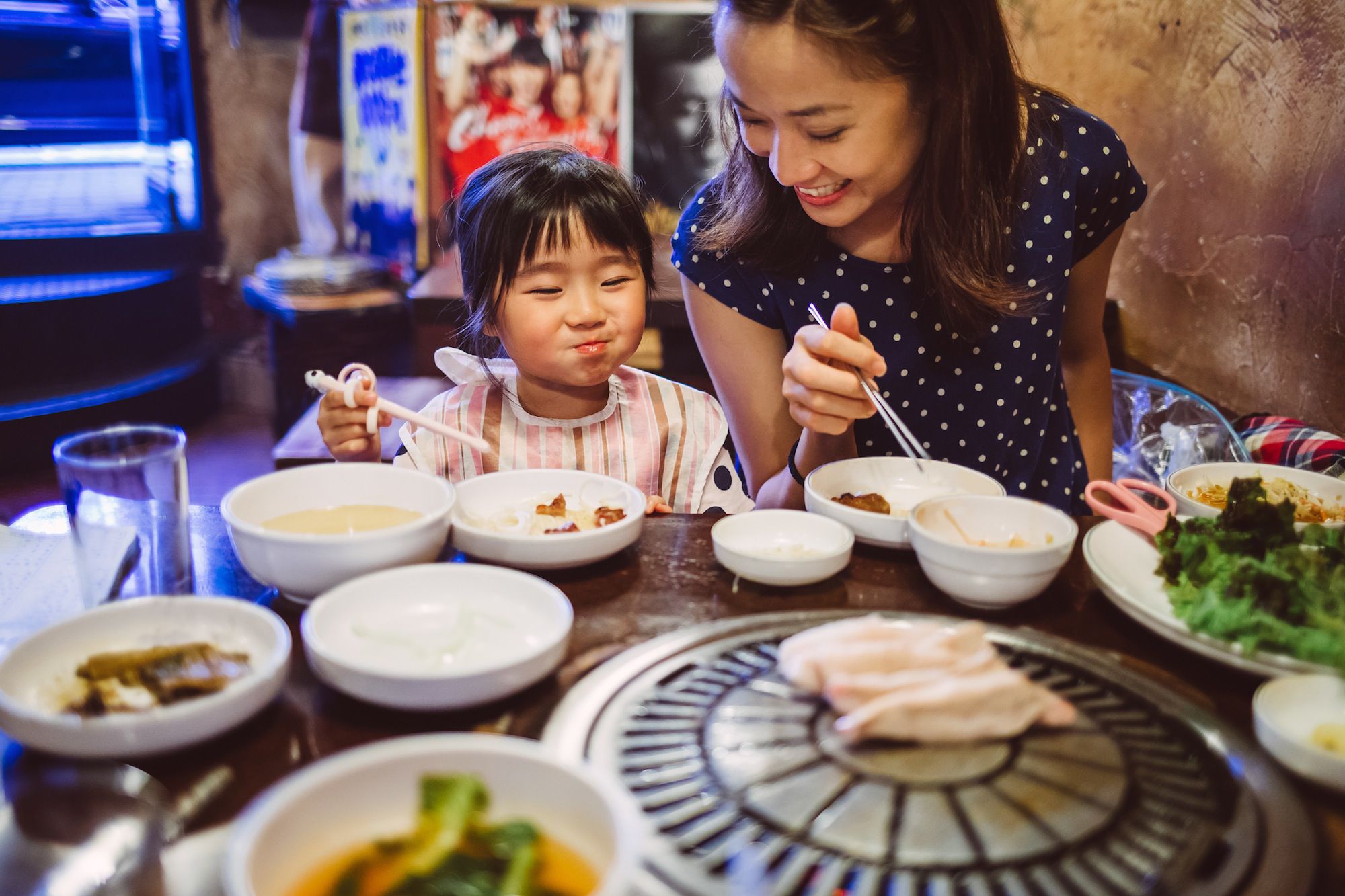
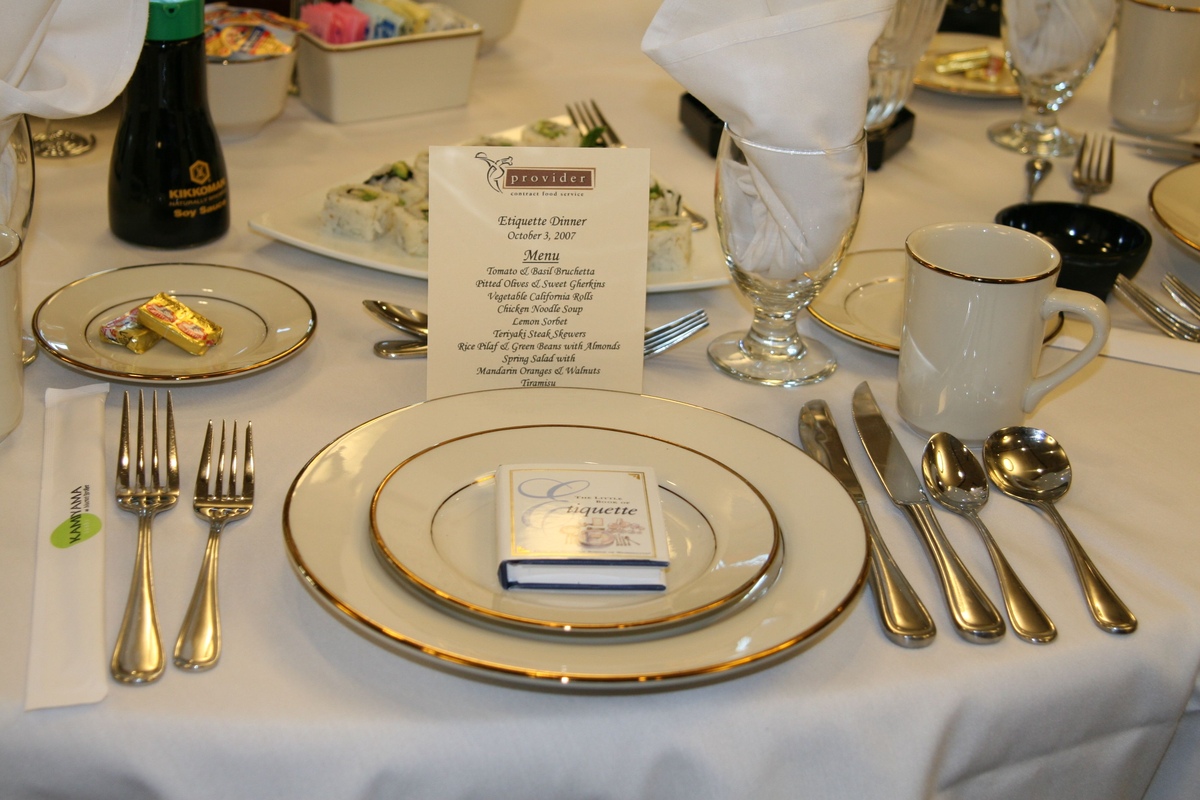



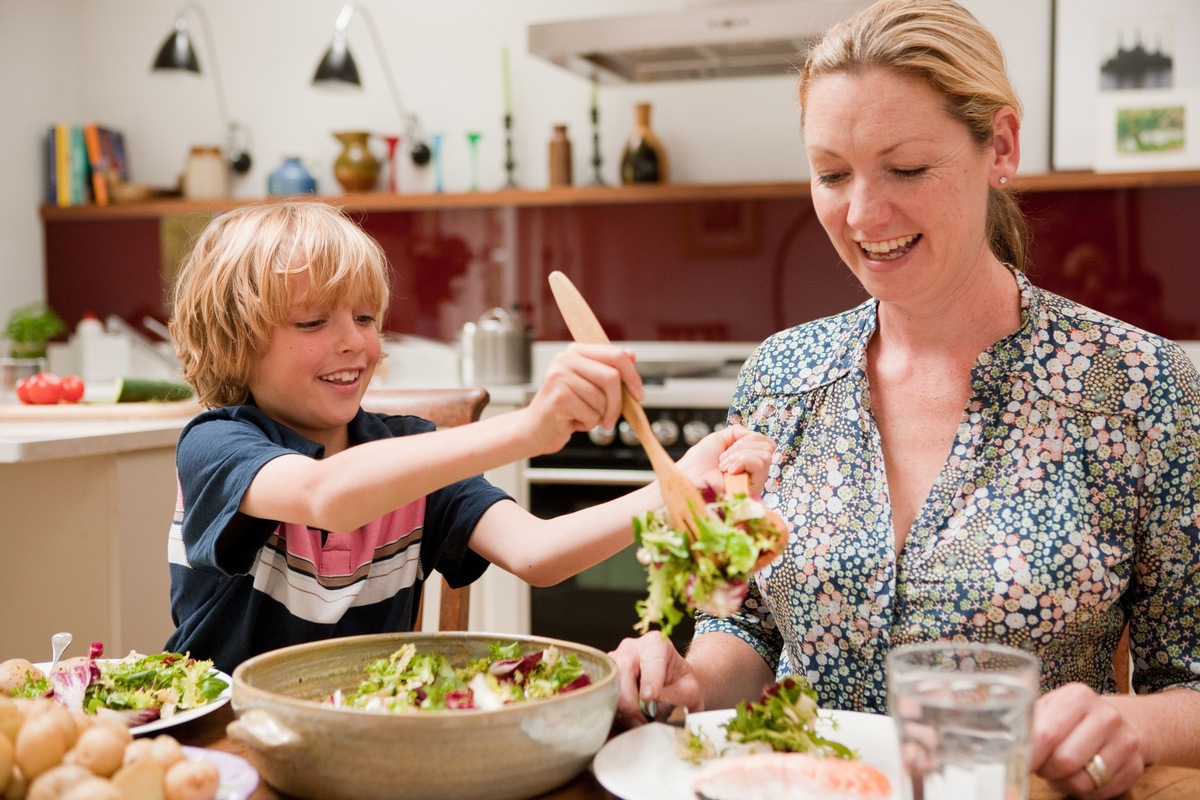
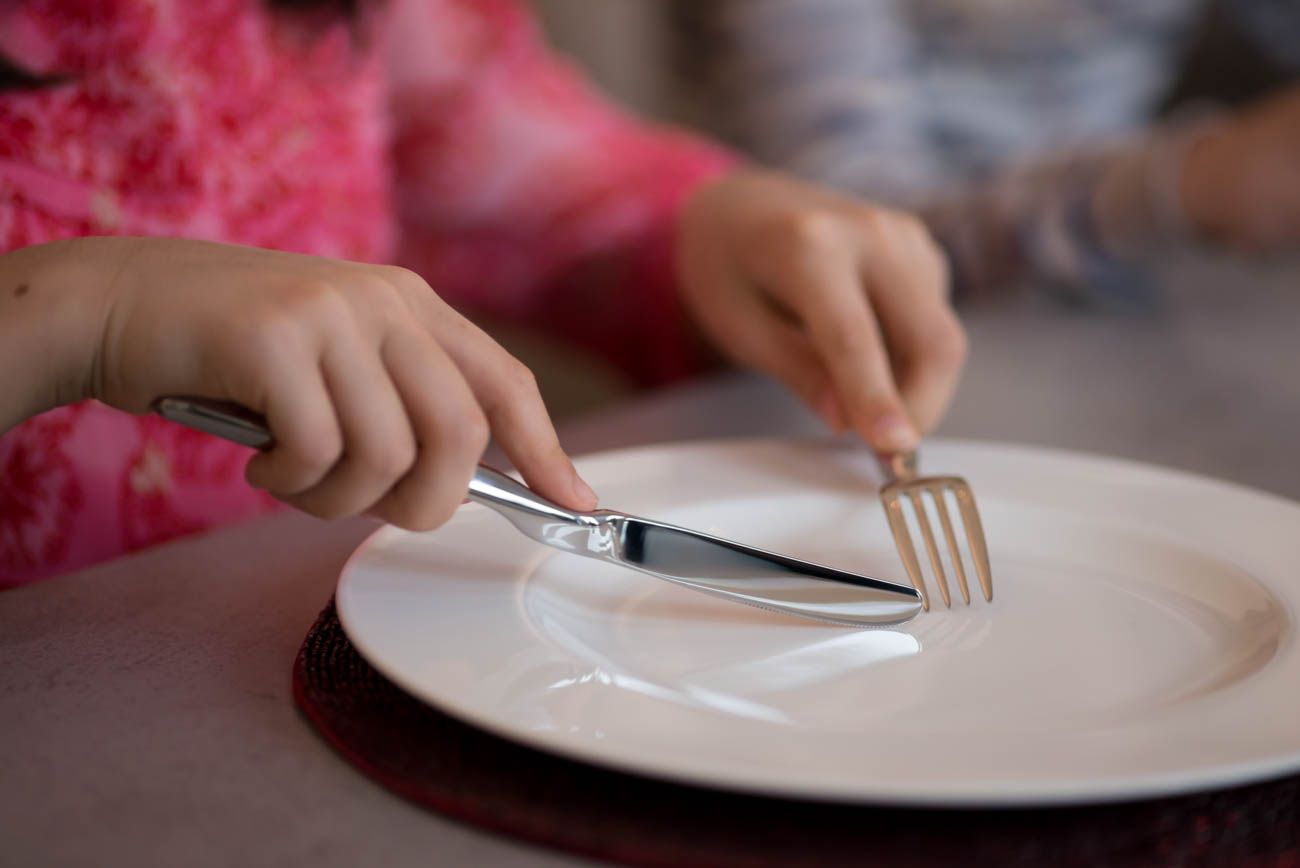

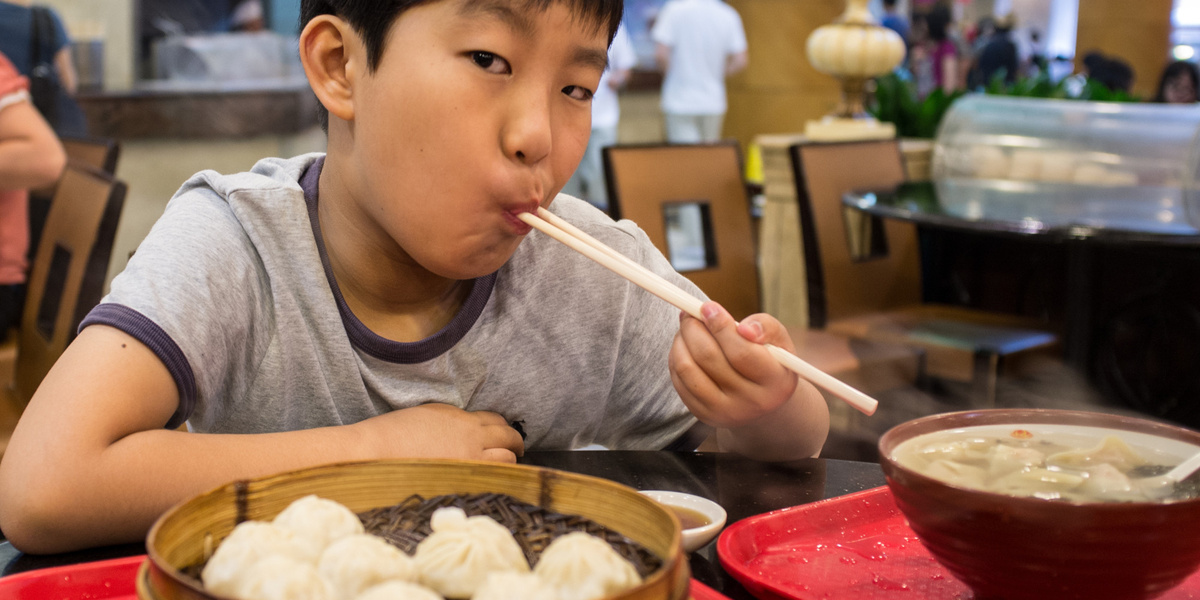

0 thoughts on “What Are Table Manners?”